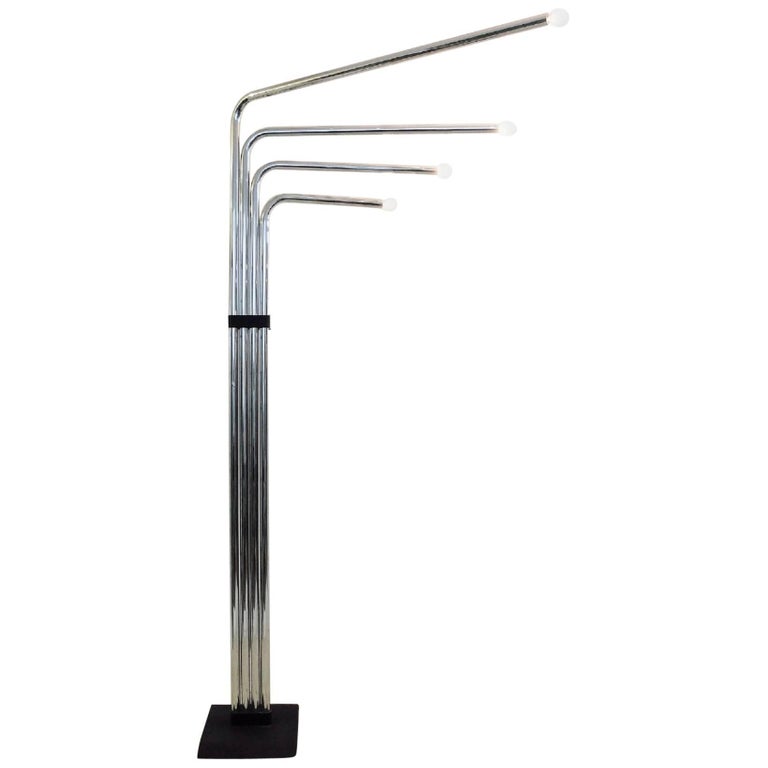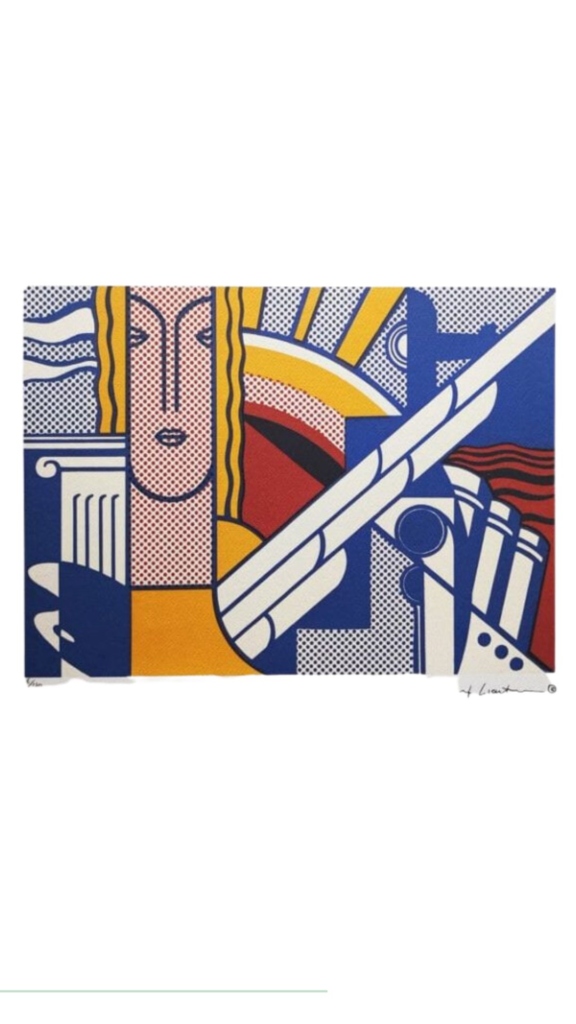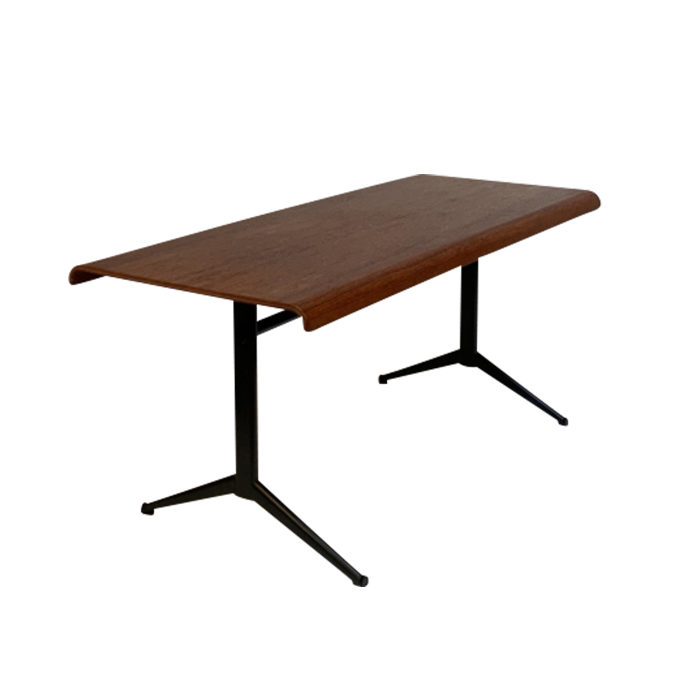Hey everyone...
I'm thinking of buying this and noticed that the bottom plank that holds the webbing seems to be a much lighter shade than the rest of the chair. It is stamped "Made In Denmark" but does not have tags which I read here is normal with earlier models. The webbing is new and I'm ok with that, but I can't seem to find any other models that don't have all matching pieces. Is the bottom plank original? Any help with this would be greatly appreciated!
Thanks,
Matthew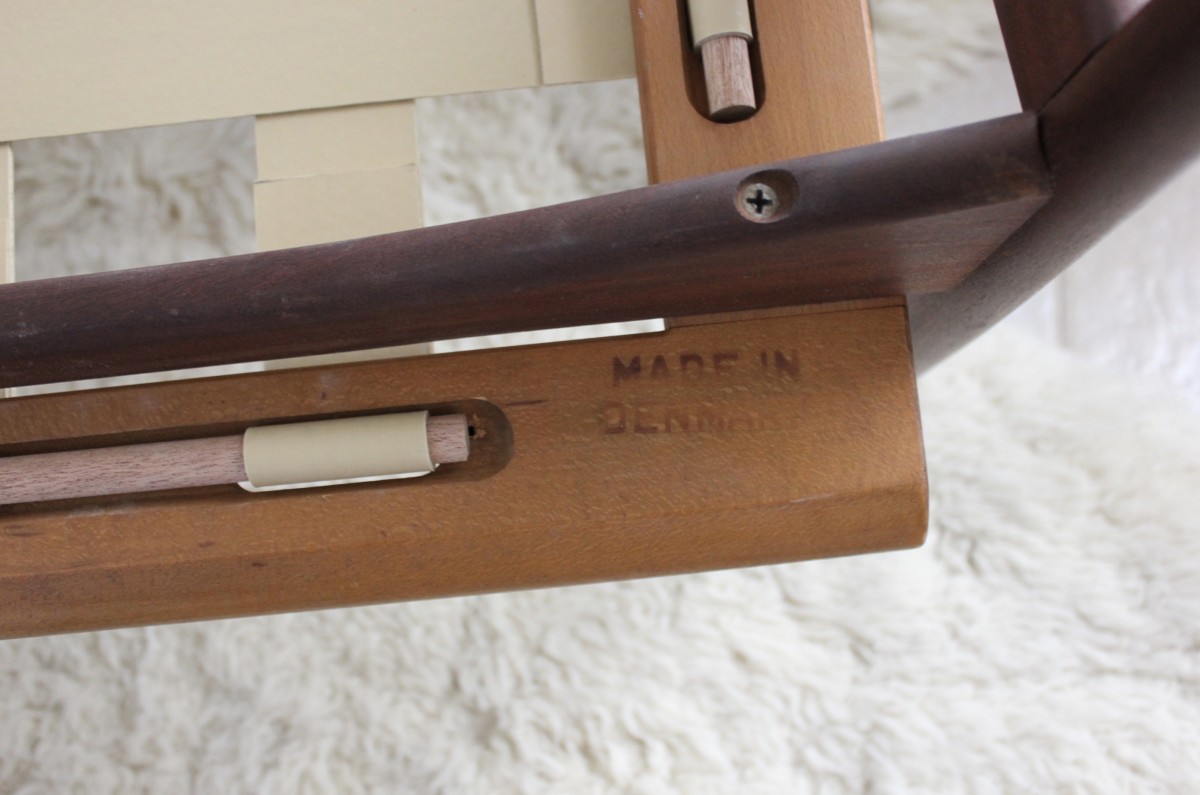
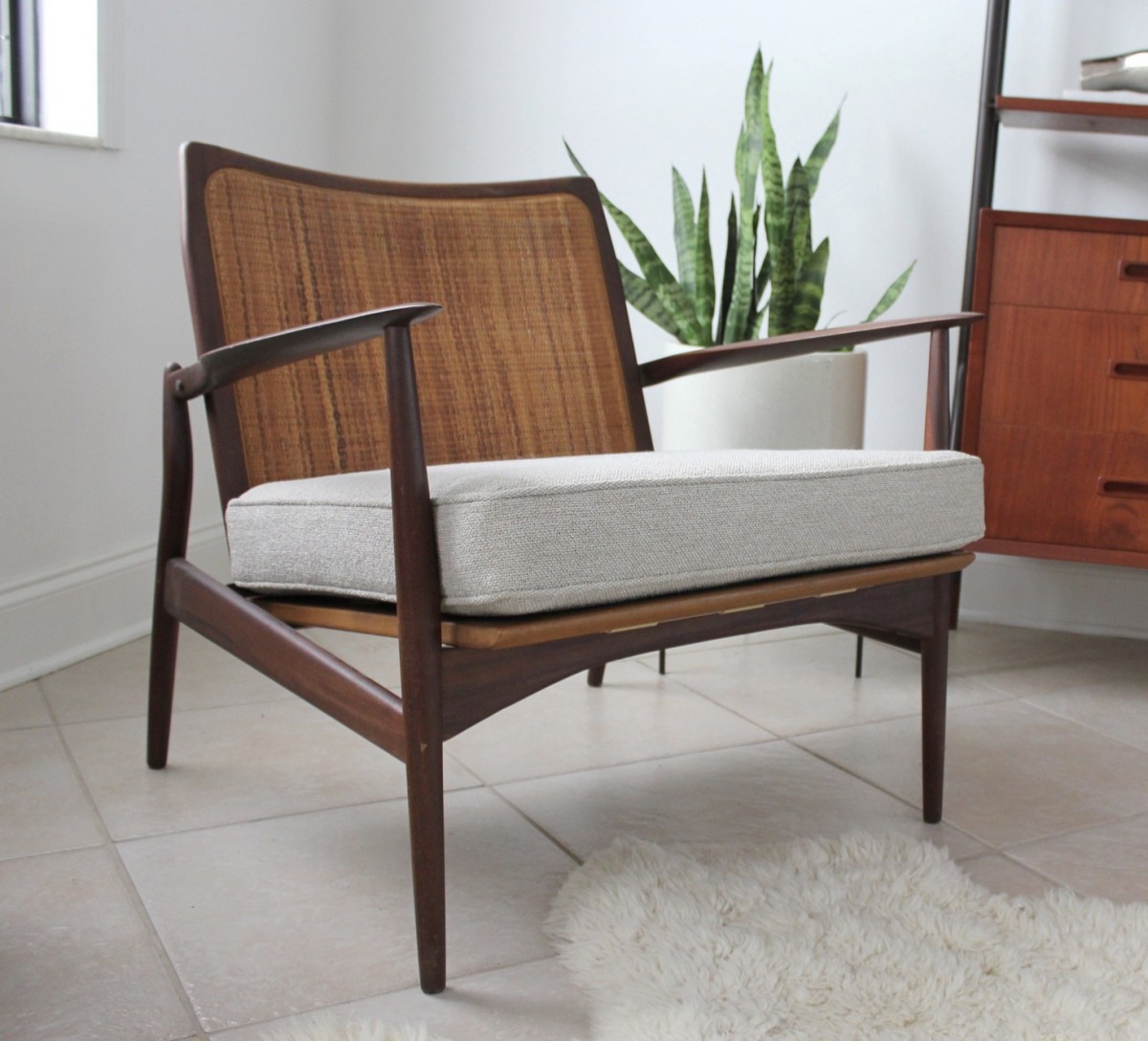 <img class="wpforoimg" src=" http://d1t1u890k7d3ys.cloudfront.net/cdn/farfuture/14WqwZjaImRnjROiyHfC0
<img class="wpforoimg" src=" http://d1t1u890k7d3ys.cloudfront.net/cdn/farfuture/14WqwZjaImRnjROiyHfC0
You've found one with a beech seat frame which has not darkened much over time while the the rest of the chair (afrormosia?) has. You could stain the edges of the seat frame to match more closely, but I'd learn to love it as it is likely original. The chair does appear to have been "refreshed" somewhat, though close inspection of the screw heads underneath should tell the tale ...as should the dealer...
I can't think of anything that Selig offered in Afrormosia, so if it is afrormosia, I would really ask some questions. Selig stuff usually was stained beech (in a color called Saddle usually) or Teak, or other designs were offered in walnut or rosewood.
As tktoo noted the new screws indicate that the piece has been worked on. My suspicion is that this is some sort of strange non-original marriage. I can't ever remember seeing an natural color beech Ib Kofod Larsen for Selig design, so I have to wonder about that too.
My vote is to save your money.
5 minutes searching on the web resulted in images of at least 2 examples with seat frames distinctly lighter in color than that of the rest of the chairs. As already noted, the webbing and dowels appear recent and the "Made in Denmark" brand looks correct and is in the right place. My guess is that the seat frame, despite mismatched species, is likely original. These chairs shipped overseas disassembled and flat-packed by the hundreds, if I'm not mistaken, so it seems reasonable to me that a few parts here and there might have gotten jumbled during assembly. In short, aside from being made of beech, the seat frame appears correct for the chair.
Hey, just reading through this. I have one of these exact chairs as well and have been doing a bit of research on it. My wifes grandfather once had of the biggest family owned furniture stores in the US (in the 1970's) and he had a lot of Selig things in his store. He actually started his store in Chicago and later Santa Clara, CA with a loan from Mr. Selig himself.
From what I learned Selig the company had many different lines of furniture and had many many styles available throughout the years, everything from the danish and norwegian style mid century pieces imported from abroad to other American homestead and french style furniture. I have a few of their old catalogs and they have a section labeled Selig Import. They worked with alot of Danish designers including Kofod Larsen, Poul Jensen and many others.
The chair you have above thats in question is definitely still a Kofod Larsen model, but not one imported by Selig. In fact, there are also Poul Jensen Z Chairs out there as well with the Made in Denmark stamp vs the Selig medallion label.
The model above is called the Kofod Larsen 'Spear' Chair. He had a very similar model that he made for Selig which is a bit different in the arms where there are no side screws. I have included photos of each model below. The one with blue cushions is the Made in Denmark stamped Spear Chair and the other, is the Selig labeled version - both of them designed by Ib Kofod Larsen.
Dwarf: The Spear chair was absolutely offered by Selig. I have Selig catalog proof. And thank you for the information. I would be interested to see the documents you have.
Tktoo: you could be right that the seat frame for a different color version of the chair was mixed up with this chair in initial assembly. I think it is also possible that the current seller mixed and matched.
I do believe the seat frame itself is an original part, and the chair is original. They were not intended to be together, though. And for this reason I counsel avoidance of this chair. The mismatch will always raise questions.
My initial thought upon first viewing the OP's photos of the chair in question was that it had been tarted up for sale. Any scrupulous dealer would confirm such if asked. I remain curious about the wood specie, though. Impossible to tell from the photos of course, but it sure resembles afrormosia. Walnut or teak (or beech) that's been stripped and then toned or stained? Strange color.
The dark wood species does look odd. It does most resemble afrormosia in the photos but I have never seen afrormosia offered by Selig.
Most makers seemed to switch to Phillips in the 70s or some time well after the era we care about. One exception is Thayer Coggin who used Phillips screws much earlier. Those screw heads suggest to me that the seat frame is a recent marriage.
I always looked at flathead screws as a bonus to authenticity and also craftsmanship since 99% of the time they were hand screwed in to the furniture by someone, not machine.
Phillips heads were invented for the use of automated machines and production lines and had been around for quite some time even with chairs from the 1950's (Philips heads came around in the 1930's)
Id say that the darker models of this chair are made from what is known as African Teak / Afromosia. I have refinished a few afromosia chairs before (including the spear chair that I own)
In itself is a nice wood to work with. Doesnt need stain and you can treat it like teak in terms of using an oiled finish and then if you want sealing with a BLO, varnish or lacquer.
One way to tell is sanding the wood, its just as equally dark inside as out... vs a walnut or beech will be much lighter.
The seat on the chair is authentic as well, looks to be made of unstained beech. From looking at the one I have close up- it looks like beech. However, it could also be oak which was commonly used, but for the most part beech would be the choice.
So overall to answer your main question of this post is..... yes the chair is authentic and looks as original as it can get. I dont think the seller is doing anything fishy, everything looks very well taken care of and it should be a stunning piece!
Also, something you could do to give it that extra pop would be to restore the hardware (screws) on the side. They should be made of brass (you can test them with a magnet, if it doesn't stick they are brass)
Well, I'd rather a 65 year-old, um, anything that's been well-kept, sure, yet exhibits honest wear than one trying hard to look like new. Call it a personal preference, but "that extra pop" just ain't working for me. I'll never understand wanting something old to look as if it were made yesterday.
If you need any help, please contact us at – info@designaddict.com





